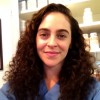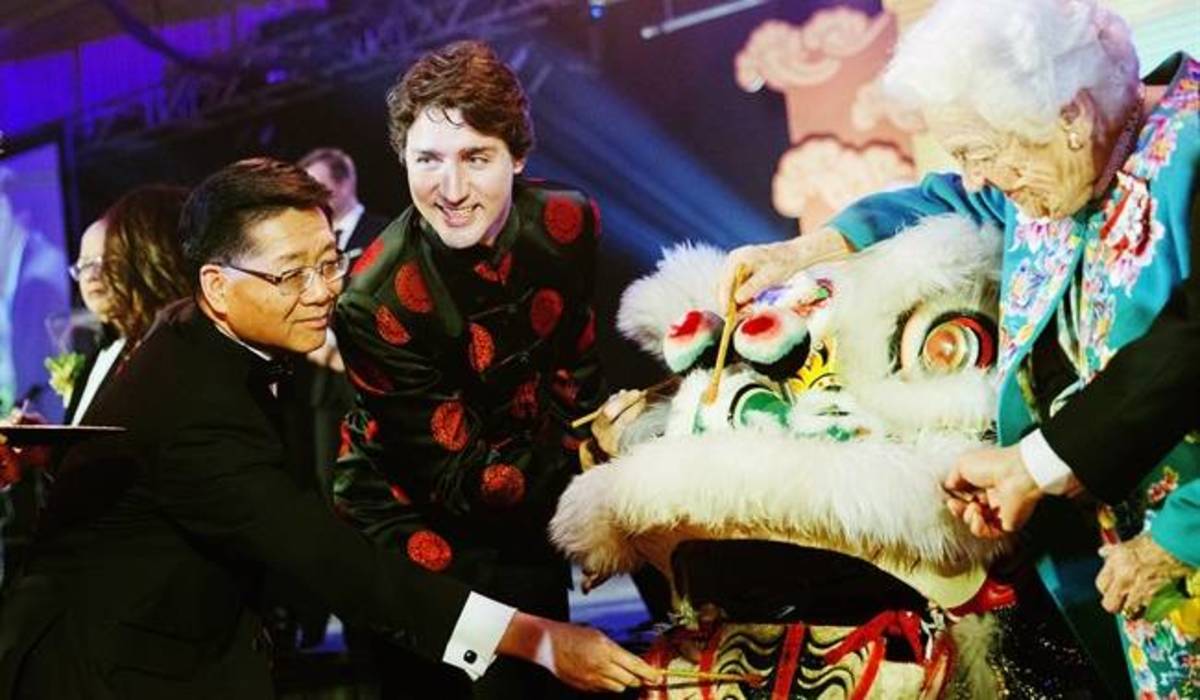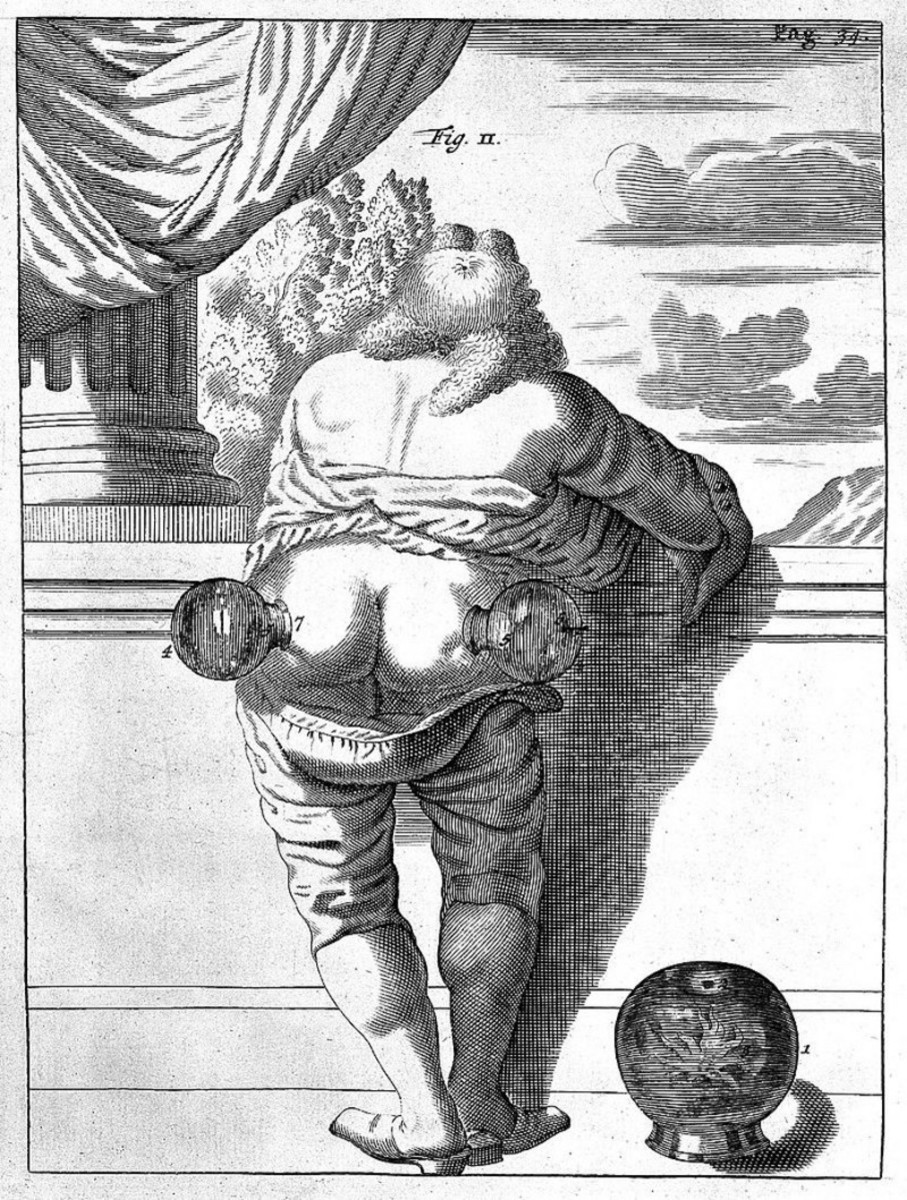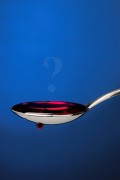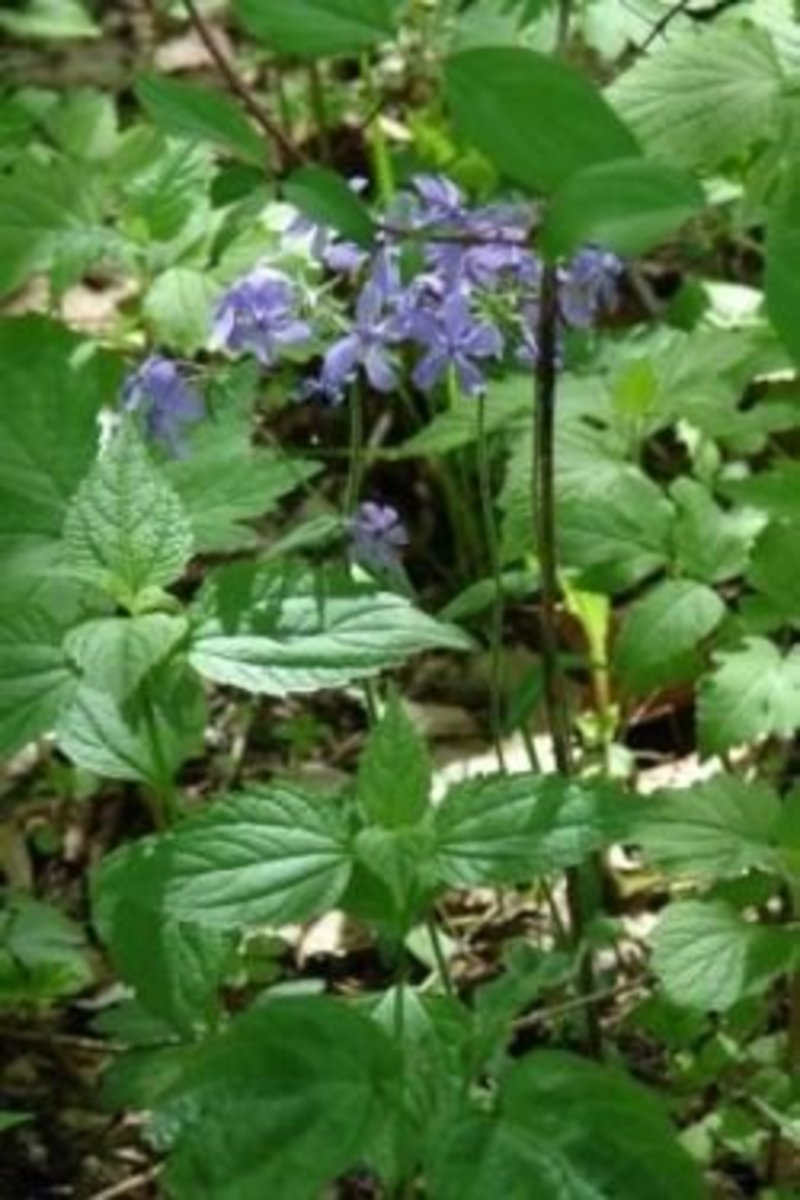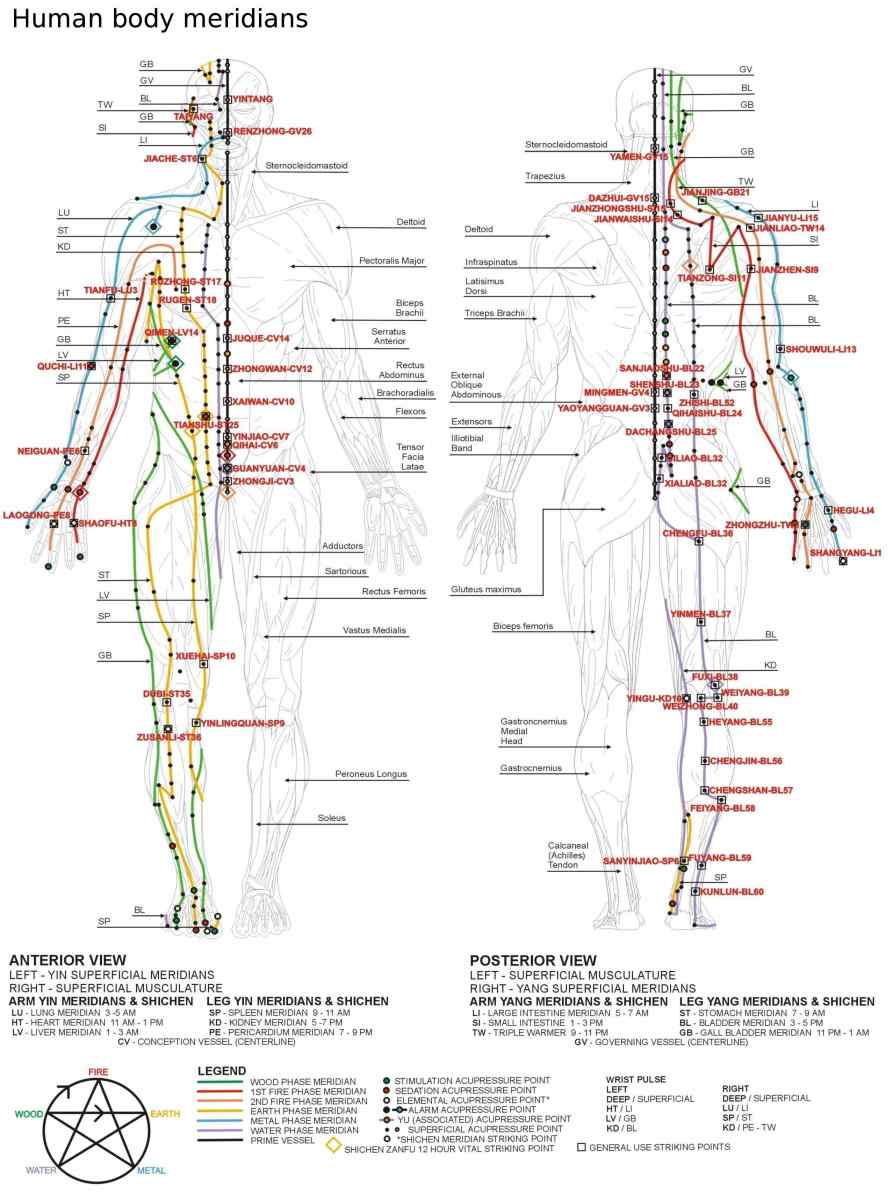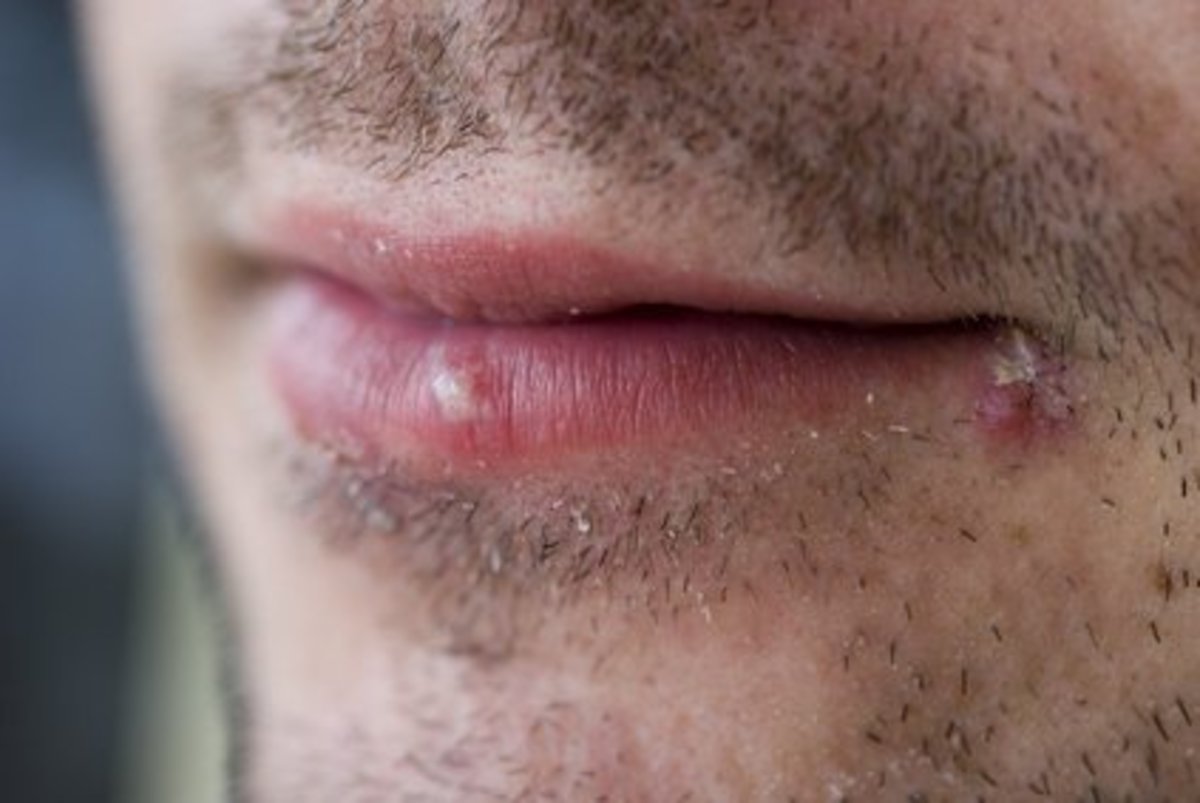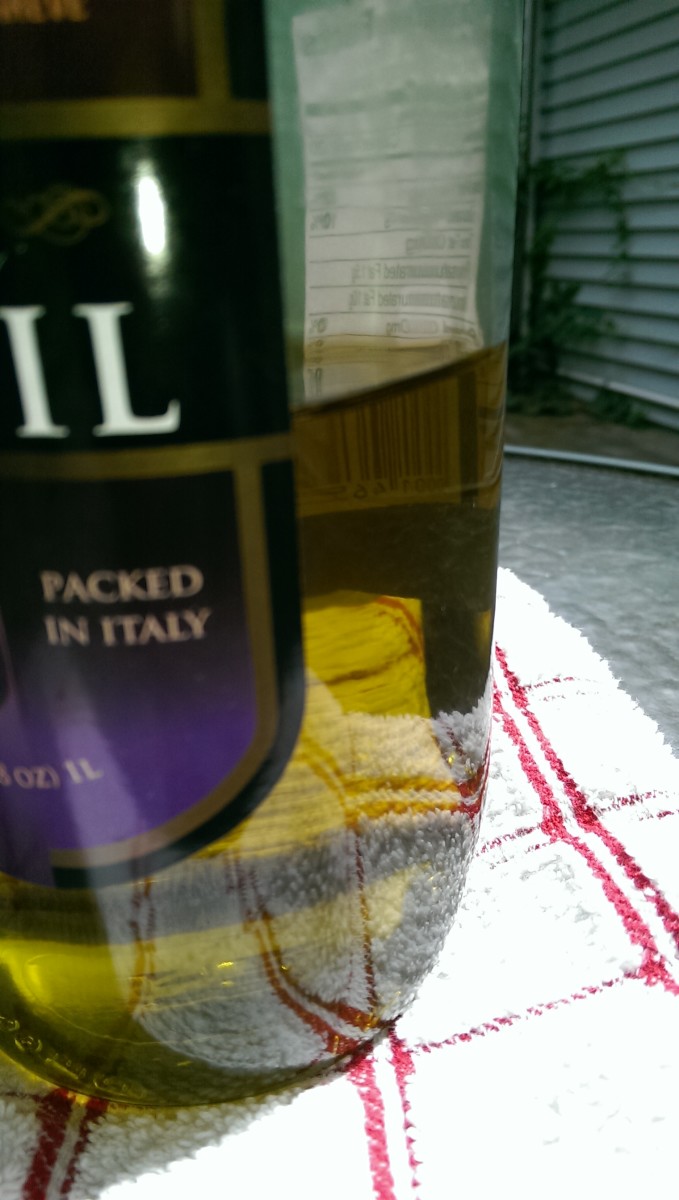What is Acupuncture and Traditional Chinese Medicine (TCM)?
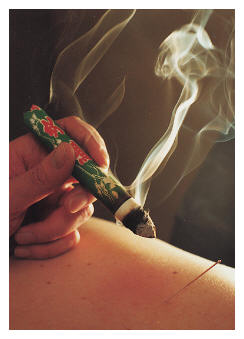
What is Traditional Chinese Medicine (TCM)?
Traditional Chinese Medicine (TCM) is an ancient system of medicine dating back approximately 4,000+ years. Most researchers believe it was developed by the ancient Chinese through experimentation with various foods and plants, and with the application of heat and massage. Over time these early humans were able to distinguish what substances were poisonous or curative, how to prepare foods for optimum digestion, as well as what points or areas of the body could be warmed or massaged to ward off illness or cure disease. Early acupuncture-like tools, such as polished stone flints, bone probes and bamboo needles have been found in excavation sites dating as far back as 750,000 years ago!
Over the centuries, TCM has developed into a complete system of medicine capable of treating a vast number of ailments, from the most common to the most rare and difficult, including epidemic diseases. Each generation of doctors has added their clinical experience and research to the body of information that collectively makes up Chinese medicine, thus creating a diverse tapestry of theories and practices. There are five main branches of Chinese medicine: acupuncture, acupressure, herbal medicine, dietary therapy, and qigong.
• Acupuncture - the insertion of very thin, sterile needles into specific points on the body for the purpose of regulating qi (pronounced "chee"), or the body's energy. Points fall along networks or "channels" that connect different organs and body systems together. Acupuncturists also use glass cups, electric stimulation machines, heat lamps, scraping-massage tools (guasha), and moxibustion (burning of rolled herbs), to stimulate points or larger areas of the body.
• Acupressure - Chinese medical massage, also called Tui Na (translated as "Push-Pull"), is a vigorous style of massage that stimulates points without the use of needles.
• Herbal Therapy - the use of traditional and modern herbal formulas in the form of raw herb teas (decoctions), powdered freeze-dried teas (granules), tea-pills (patent medicines), medicinal wines and topical remedies. Chinese herbalists use plants, animals and minerals to create custom formulas.
• Dietary Therapy - the use of certain foods and dietary practices to treat various ailments and improve overall health and digestion.
• Qigong - translated as "Energy-Work", combines breathing and stretching exercises for the purpose of harmonizing the mind and body to facilitate healing.
What Conditions Can TCM Treat?
The World Health Organization (WHO) has deemed acupuncture effective for over 50 different ailments, and therapeutic for an additional 70. Some of these include:
• Pain conditions
• Induction of labor and malposition of fetus ("breech baby")
• Morning sickness
• Nausea and vomiting
• Stroke
• Hypertension / Hypotension
• Side effects from chemotherapy and radiation
• Allergic rhinitis
• Depression
TCM is commonly used to treat:
• Pain / Injuries
• Stress / Anxiety
• Low Energy
• Colds / Flu
• Allergies
• Asthma
• Poor Digestion
• Insomnia
• PMS
• Infertility
• Menopause
• Poor Memory
• Mental Illness
• Stroke
• High Blood Pressure
• Obesity
• Addiction
Traditional Chinese Diagnosis
Yin and Yang
The foundation of Traditional Chinese Diagnosis is based on a number of interwoven philosophies or theories. The most basic of these is the theory of yin and yang, which states that all things, material and nonmaterial, can be divided into their yin and yang elements – but there is always a small amount of yin within yang and yang within yin. Yin represents anything that is cold, dark, feminine, soft, substantial, slow, still, sinking or nutritive. Yang represents anything that is hot, bright, masculine, hard, active, fast, moving, ascending or transporting.
Five Elements
In general, TCM is regarded as a functional-based medicine as opposed to a physical-based medicine. For example, the name of an organ in Chinese medicine refers to its set of functions rather than its physical form and location in the body. The five elements are used to describe the function of different bodily processes and organs, as well as a patient’s overall constitution. The five elements have various correspondences:
Elements: 1 Wood / 2 Fire / 3 Earth / 4 Metal / 5 Water
Yin organs: 1 Liver / 2 Heart / 3 Spleen / 4 Lung / 5 Kidney
Yang organs: 1 Gallbladder / 2 Sm. Intestine / 3 Stomach / 4 Lg. Intestine / 5 Bladder
Sense organs: 1 Eyes / 2 Tongue / 3 Mouth / 4 Nose / 5 Ears
Manifests In: 1 Nails / 2 Complexion / 3 Lips / 4 Body Hair/Skin / 5 Head hair
Tissues: 1 Ligs/Tendons / 2 Blood/Vessels / 3 Muscles / 4 Skin/Mucosa / 5 Bones/Teeth
Emotion: 1 Anger/Jealousy / 2 Joy / 3 Anxiety / 4 Worry/Grief / 5 Fear/Depression
Flavor: 1 Sour/Acidic / 2 Bitter/Sharp / 3 Sweet / 4 Pungent/Spicy / 5 Salty
Climate: 1 Windy / 2 Hot / 3 Moisture/Thunder / 4 Dryness/Cold / 5 Cold/Wet
Season: 1 Spring / 2 Summer / 3 Late summer / 4 Autumn / 5 Winter
Development: 1 Birth / 2 Growth / 3 Change / 4 Decline / 5 Death
Four Methods
Chinese doctors and acupuncturists use the Four Methods in the process of “pattern differentiation”, or making a diagnosis based on the constellation of presenting symptoms.
• Looking – based on what can be observed, such as the color, quality and condition of the skin, hair, face, nails, and body type. Tongue diagnosis is given special consideration in TCM.
• Listening-smelling – based on the sound of the voice, respiration, or other bodily noises, as well as odors emitted by the patient.
• Palpation – based on the palpation of acupuncture points, muscles, or other body structures. Pulse diagnosis, taken at the radial pulse on the wrists, is also given special consideration in TCM.
• Questioning – based on the patient’s own observation of their symptoms. The interview is based on 10 traditional questions that cover everything from sweating, appetite and diet to sleep, sexual health and pain.
Giving Chinese Medicine a Try
Nowadays TCM has spread considerably with the establishment of schools, hospitals, clinics and national licensing organizations all over the world. However, the United States has only recently tapped in to this form of medicine that currently serves over 40% of East Asia’s population. In addition to the millions of people who can attest to the power and benefits of Chinese Medicine, more and more modern research continues to emerge confirming its effectiveness. With the average number of training hours in California exceeding 3,000, licensed acupuncturists are trained extensively to treat any condition they see. Most practitioners will agree that some diseases are more difficult to treat than others, and some can only be relieved symptomatically, but with such a long history, Chinese Medicine has the potential to help almost all conditions.
Lauren Laks, L.Ac., is a graduate of the American College of Traditional Chinese Medicine in San Francisco, CA, holding a Master of Science degree in Traditional Chinese Medicine. She is a California licensed acupuncturist and runs a private practice in Placerville, CA called Way of Life Chinese Medicine. Her specialties include: orthopedics, pain management, sports medicine, and women’s health. She enjoys martial arts, music, and healthy cooking.
